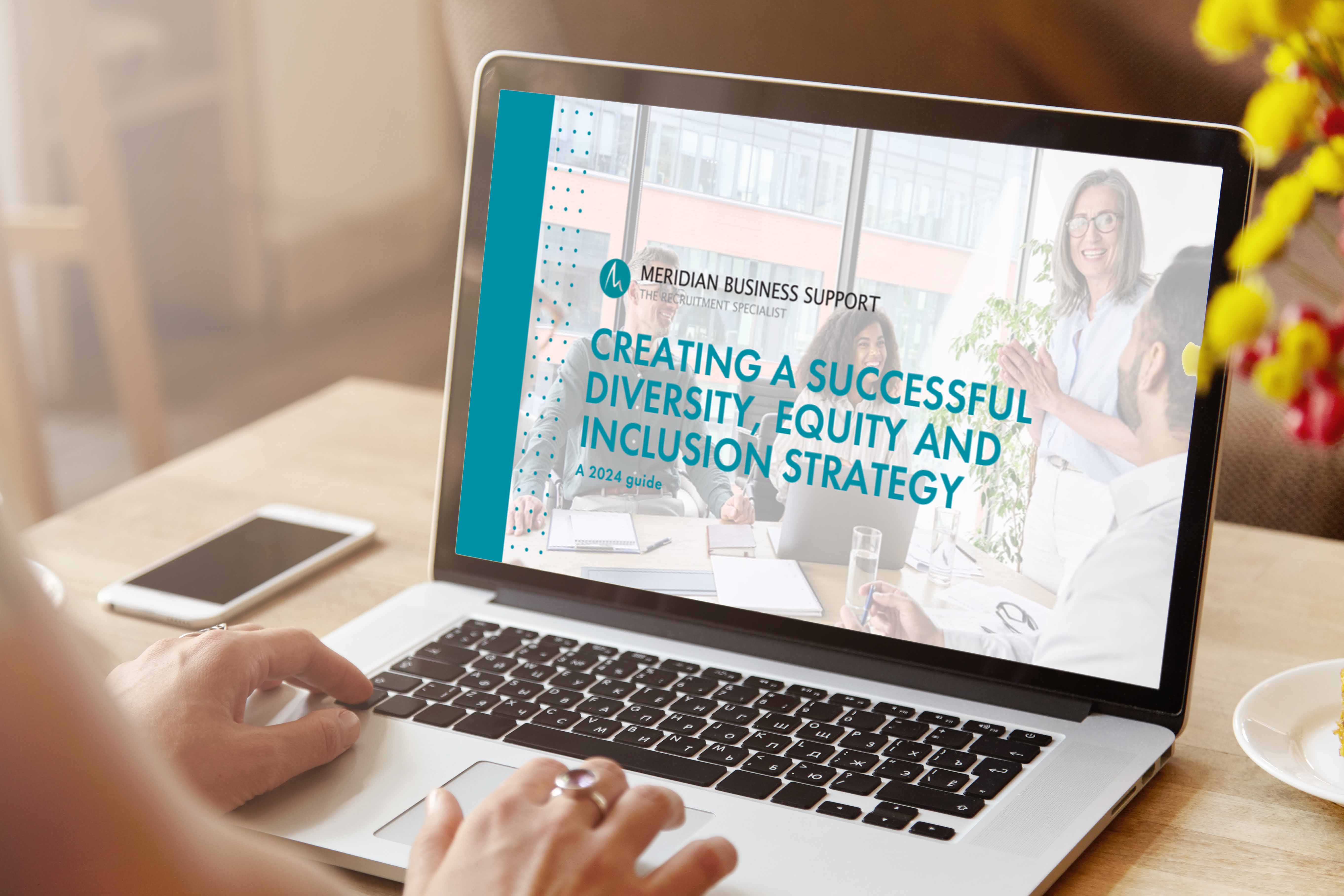Improve your workplace Wellbeing Strategy
20 Aug, 20218 minutesThe Biggest Cause of Long-Term Absence is Mental Illness (CIPD, 2021)Poor employee mental he...

The Biggest Cause of Long-Term Absence is Mental Illness (CIPD, 2021)
Poor employee mental health doesn't just affect absenteeism. It impacts productivity, staff retention, and ultimately, your business' bottom line.
But that's not the core reason why mental health should be at the top of your agenda. As an employer, you have a duty of care for your people.
Lead with this attitude. It'll help you cultivate a people-focused culture that helps employees be the happiest versions of themselves.
In the process, you become an employer of choice.
Improving your wellbeing strategy is the first and most important step.
The Benefits of a Workplace Wellbeing Strategy
Mental health is as important as our physical health, and the majority of candidates (especially millennials and Gen Z members) you encounter will share this sentiment.
This is why an effective workplace wellbeing strategy matters in our hyper-competitive climate. It will help you stand out as an employer:
89% of workers at companies that support well-being initiatives are more likely to recommend their company as a good place to work.
Beyond that, wellbeing strategies have significant benefits that can impact your overall profitability via:
- Better attendance
- Improved productivity
- Reduced staff turnover
- Improved staff retention
What Does a Workplace Wellbeing Strategy Look Like in Practice?
Here are some suggestions on what to implement into your wellbeing strategy to boost its effectiveness. You don't have to include them all, and some may not suit your business. But they'll give you an idea of what is effective at helping you support your employees' wellbeing.
A Mental Health First-Aider
A mental health first-aider is trained to spot the signs and symptoms of common mental health conditions to ensure individuals get the support they need when they need it. Individuals can also go to a mental health first-aider for confidential advice. For example, they might be signposted to services available in the company, like counseling. You can either hire a mental health first-aider or provide training for an existing employee, like a line manager.
Mental Health Days
In addition to annual leave, you can offer your employees one mental health day per month. This time off work gives them the space to take care of their wellbeing and supports a better work-life balance. This is especially important with remote working on the rise; when you're working from home, it's easier for the boundaries between work and life to blur. That's a recipe for burnout. Some companies use community days as mental health days. They encourage their employees to volunteer in a community project - it gets them out of the house doing something fun that is also beneficial for local communities.
Mentoring Sessions
Replace appraisals with mentoring sessions. They give individuals a chance to talk about how they feel about work, rather than focusing solely on their performance. This also gives them the confidence to discuss their ambitions and how you can help fulfill them. Mentoring sessions help employees feel heard. When an individual believes their manager has their back and feels supported in their goals for the future, they become much more invested in their work and happier overall.
Leadership Wellbeing Training
Leaders, especially line managers, need a deep level of self-awareness, mental fitness, and empathy. It puts them in a stronger position to support their people, helping them build quality relationships based on trust. When an employee trusts their manager, it encourages them to seek their support when struggling with an occupational health problem. And if the manager is trained in mental health first-aid, they can have a genuine impact on an employee's wellbeing. You could seek professional training from a clinical psychologist who specializes in occupational health. Workshops or 1-to-1 sessions on topics such as imposter syndrome, emotional fitness, and managing conflict are a great place to start.
Financial Health Support
Half of people in debt also have a mental health problem, according to a Money and Mental Health survey completed by 5,500 people. And debt can happen to anyone. Illness, divorce, a death in the family - these are just some of the life events that can throw us into financial turmoil. Having support in place that helps your employees manage their debt or budget more effectively can make a huge impact on their wellbeing. It could be a series of workshops, an in-house debt advisor, or an information pack filled with valuable resources. Just knowing that the support is there can make all the difference.
Additional Wellbeing Initiatives to Explore
The suggestions above are by no means exhaustive. Here are some other projects you could include in your wellbeing strategy:
- Nutrition and exercise plans
- Job satisfaction surveys
- Flexible working hours
- Employee Assistance Programmes (EPAs)
Think about your wellbeing priorities and how they align with your business' overall goals. This will give you direction when improving your wellbeing strategy.
Include Employees in Your Wellbeing Strategy's Evolution
Employee engagement is key to the success of your wellbeing strategy. It ensures that your people are fully aware of the services on offer and actively use them. This is tricky if you have a remote workforce, but not impossible. Success relies on effective communication. For example, engage your people using confidential surveys. You could ask them:
- What mental health services would you find most beneficial?
- What format would you prefer in terms of support (e.g. face-to-face or virtual meetings)?
- What areas of mental health are a priority?
- Would you prefer more flexible working options?
You could also coordinate online (or offline) focus groups. What's important is that you listen to what your employees are saying and act on that insight. When employees see that their suggestions are being taken into account, they'll be much more inclined to engage with your services as part of your wellbeing strategy.
Protect Your People, Protect Your Business
The improvements you make to your wellbeing strategy will have a huge impact on your employees, helping them navigate challenging times and strengthen their emotional fitness. In the process, you encourage sustainable success for your business by boosting performance and enhancing your employer branding.


.jpg)









